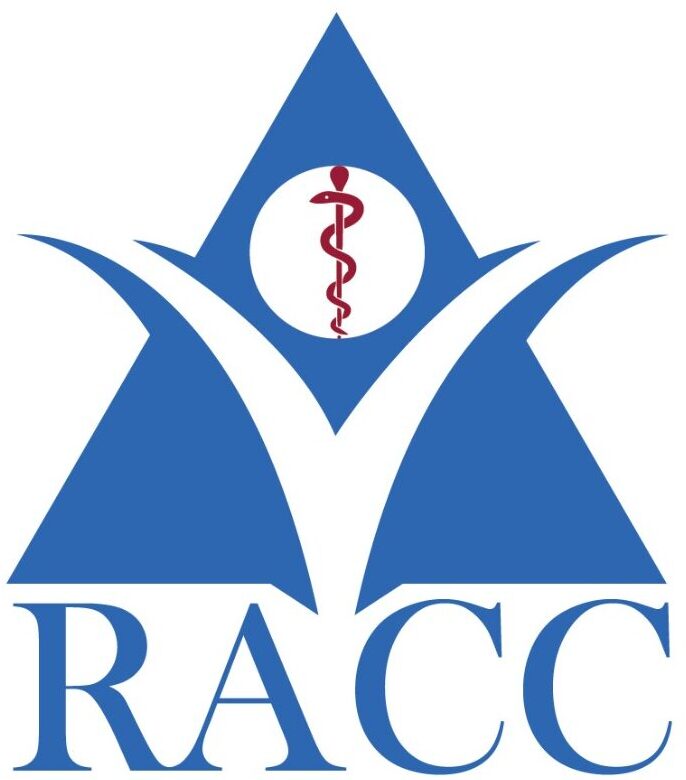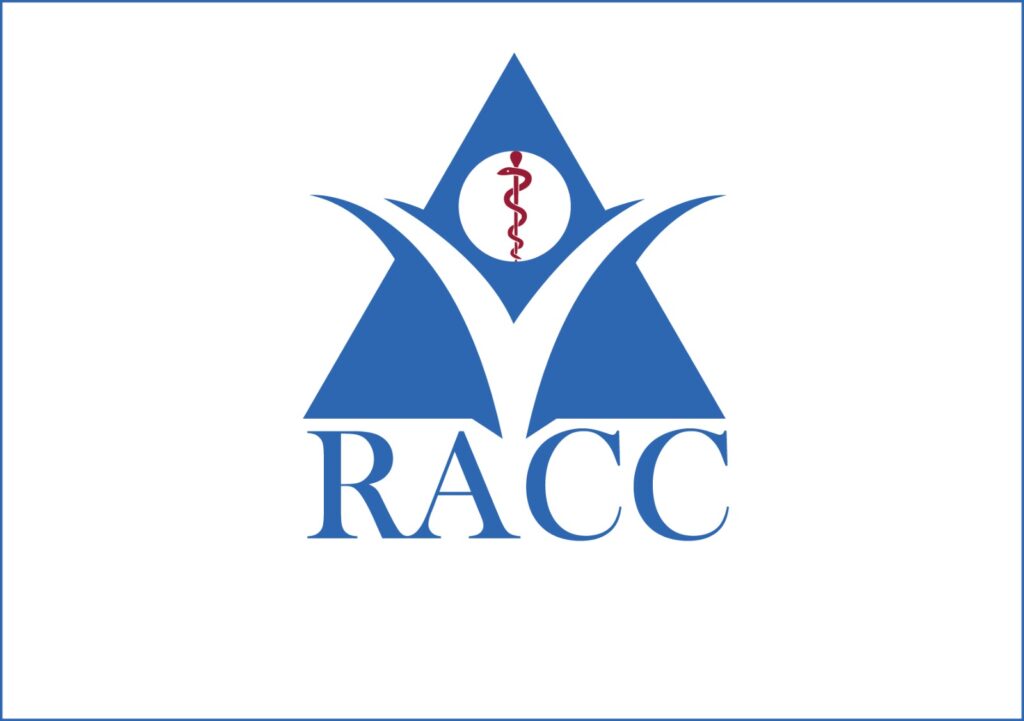Acute respiratory distress syndrome has become a global health concern because it can affect anyone and has been highlighted in many crises, like the COVID-19 pandemic. It involves sudden lung inflammation and can affect people of all ages, including children. Hospitals and health bodies are working hard to tackle it. Their efforts are reshaping the strategies aimed at better public health globally.
In this blog, we’ll dive into ARDS, examining why it happens and how it begins. We’ll check out who might be at risk, how doctors diagnose it, and the treatments they use today. Plus, we’ll share what life is like for those who’ve survived ARDS. The sections below will guide you through the various stages of ARDS, from getting sick to long-term effects.
Decoding ARDS: What Is It Exactly?
Understanding ARDS in Plain Words
ARDS stands for acute respiratory distress syndrome. It’s when lungs fill with fluid. This means body organs may not get enough oxygen to work properly. The lack of oxygen usually happens because the lungs are hurt by disease or injury. You can think of it as your lungs slowing down, which can be dangerous and needs attention.
When someone has ARDS, the lungs can’t swap oxygen and carbon dioxide well. Because of this, breathing becomes hard work and takes a lot of effort. This lack of oxygen can make organs fail if it’s not treated quickly. People who have ARDS might continue to face health issues even after treatment, which can affect life quality for a long period.
Causes and Triggers Leading to ARDS
Several factors can trigger the onset of acute respiratory distress syndrome. Many infections, including severe pneumonia or sepsis, can damage lung health. Major injuries, such as burns or car accidents, often result in ARDS due to shock or direct lung harm. Breathing in harmful materials like smoke or chemicals may also cause damaging inflammation. Spotting these triggers means better prevention and a quick response to maintain good health.
The problem in ARDS revolves around how fluid enters the lungs. When the tiny blood vessels in the lungs get harmed, they start leaking. This leak lets fluid enter air spaces where oxygen should be exchanged. Fluid build-up makes it harder for the lungs to move effectively and reduces oxygen levels. The cycle of harm and inflammation worsens the issue, making fast medical care crucial to limit damage.
Recognizing Symptoms and Signs of ARDS
Spotting the early signs of acute respiratory distress syndrome is crucial. People may find it hard to breathe, and breathing gets fast. They might notice a bluish hue on their lips or fingers. Confusion or feeling like choking happens due to oxygen drops. Watching for these signs closely helps prevent serious risks.
Acute respiratory distress syndrome can start out of the blue, often rapidly. Symptoms can escalate, turning into severe breathing failure quickly. Speed is key in recognizing and treating this condition right away. If ignored, ARDS can lead to more severe organ issues. This highlights the need for quick detection and urgent medical attention.
Risk Factors: Who Is More Prone to Develop ARDS?
ARDS affects certain groups more severely, including older people who have weaker defenses. Those with long-term breathing issues like COPD face higher risks, needing careful treatment.
A history of smoking or heavy drinking can increase ARDS risk and its seriousness. Surgeries using anesthesia also contribute to risk in some cases. Obesity can raise the chances of ARDS too, needing mindful lifestyle choices. Regular health checks and healthy living habits help in preventing ARDS development. Properly managing existing health conditions also plays a big role in reducing risks.
Diagnosing ARDS: How Is It Done?
Diagnosing acute respiratory distress syndrome needs thorough checks and tests. First, doctors listen for abnormal lungs sounds, like crackles. Then, chest X-rays reveal if there’s fluid in your lungs. Blood tests, especially checking oxygen levels, are important too. These steps help in figuring out what’s wrong early on.
A swift diagnosis of ARDS is vital since it worsens quickly. Delays in care make the condition harder to fix later. Immediate treatment can prevent further harm and save lives. Health workers must spot signs early to act fast against ARDS.
Unfolding the Stages of ARDS
Understanding how acute respiratory distress syndrome (ARDS) develops is crucial. Initially, in the exudative stage, fluid leaks into the lungs. This results in severe breathing problems requiring urgent medical care. After a week or two, some repair occurs in the proliferative stage. However, inflammation may remain a major problem during this phase.
If further recovery is lacking, the fibrotic stage can appear. This fibrosis severely affects lung function and breathing capacity. Each ARDS stage challenges doctors to tailor their treatment plans effectively.
During the early exudative stage, supportive care is essential to manage symptoms promptly. The proliferative phase needs active intervention to curb extended lung damage. Reaching the fibrotic phase often leads to more aggressive treatment options for better outcomes.
Recognizing each stage of ARDS helps set realistic expectations for possible recovery outcomes. Personalized treatments are vital in improving patient prognosis at every step.
Exploring Immediate and Advanced ARDS Treatments
Acute Respiratory Distress Syndrome, often called ARDS, is a serious lung problem. It requires quick medical attention to help the lungs function better. Treatment usually begins with basic but vital steps like oxygen therapy and mechanical ventilation. Oxygen therapy helps improve low oxygen levels in blood by delivering extra oxygen directly into the lungs, which helps ease difficulty in breathing.
Mechanical ventilation steps in when extra oxygen isn’t enough on its own. It’s a crucial support for those who struggle a lot to breathe. This intervention uses a machine to help with breathing tasks, freeing the lungs to mend without extra stress. Though useful, mechanical ventilation has its challenges such as risks of infection and possible lung damage from extended use.
Severe ARDS cases may need more advanced treatments like prone positioning or Extracorporeal Membrane Oxygenation (ECMO). Prone positioning involves turning the person onto their belly instead of their back. This position helps get more air and blood to the parts of the lungs that work best, which makes them work better.
ECMO serves as a high-tech option, often when other methods fail to improve things. It acts like an outside lung, filtering blood to add oxygen and remove carbon dioxide outside the body. This process gives overworked lungs some time to recover. These advanced techniques come with possible problems too: prone positioning can lead to sores, while ECMO brings risks like bleeding and clotting needing careful watch.
Recovery Journey Post-ARDS
Recovery from acute respiratory distress syndrome varies among individuals. Some get back almost all their original health. Others find that breathing remains tough with reduced function in lungs. Everyone deals with these differently, even with the same care provided.
ARDS impacts more than just breathing. Many face emotional and cognitive issues later. Survivor fatigue can make everyday activities hard and emotional wellness suffers too. Stress or sadness often become problems for people post-ARDS. Sometimes, remembering things or focusing is difficult after recovery, adding to their challenges.
Preventive Strategies Against ARDS
Preventive strategies can help lessen the chance of developing ARDS. Vaccines for common lung issues like flu and pneumonia are very useful. Practicing infection control is important too, like washing hands often and avoiding crowded areas during flu season. If you have heart disease or COPD, manage these conditions well to prevent ARDS. Regular doctor visits help ensure you’re on the right treatment plan.
Hospital protocols also play a key role in managing ARDS effectively. When doctors catch and treat ARDS quickly, it can lead to better recovery chances. Hospitals that plan care based on patient needs see fewer problems when dealing with ARDS. This was crucial during COVID-19 surges when many people needed care for ARDS. Quick actions from hospitals make healthcare systems less overworked and improve patient care, especially in emergencies.
Life After ARDS: Supporting Survivors
Caring for someone after they’ve had ARDS involves some learning.
It’s key to grasp symptom control and offer a kind ear. Even symptoms like cough and fatigue can be handled with guidance.
Encouraging patients to express feelings provides them with comfort. An understanding attitude helps build up their confidence during recovery.
Pulmonary rehabilitation plays a significant role in regaining strength. It includes exercises that improve lung power and offer nutrition tips.
Ongoing care after leaving the hospital is crucial for full recovery. Regular visits ensure any lingering issues are addressed properly and promptly.
By keeping track of their recovery milestones, they can work towards getting back their lives.
Differentiate ARDS from Other Lung Conditions
While pneumonia affects the lungs by infecting them, Acute Respiratory Distress Syndrome (ARDS) happens for various reasons that don’t just involve infections. Pulmonary edema leads to fluid in the lungs because of heart problems, which is different from ARDS’s way of affecting the lungs.
With ARDS, symptoms like quick breathing trouble and low oxygen appear fast, making it serious. Unlike other lung issues, ARDS starts suddenly and worsens rapidly with severe lung inflammation. It requires immediate attention through tests and scans to correctly identify and differentiate it from similar lung conditions, requiring specialist advice, especially in emergencies.
Latest Research and Innovations in ARDS Treatments
New ideas for managing acute respiratory distress syndrome, or ARDS, are thriving today. Researchers are looking at the body’s molecules to spot ARDS before it appears. In hospitals, tech tools now follow patient data closely, warning of trouble ahead. Smart machines quickly read scans to guide individual treatment plans towards tailored solutions.
These cutting-edge methods mean better results for people with ARDS. People get well sooner, live longer, and face fewer issues later on. Stem cells and medicine trials might bring new ways to heal damaged lungs. The hope is to change how we treat ARDS for the better, leaving less impact on patients.
The Psychological Impact of ARDS and Seeking Support
Dealing with acute respiratory distress syndrome (ARDS) can change lives significantly. It leaves not just physical but deep emotional scars too. Families and the patients may struggle emotionally for a long time. Stress and anxiety feel like unwanted daily guests, unrelenting in their stay. It is important to address these feelings early with care and understanding. Bringing attention to these helps in healing properly, not just physically but mentally.
To help close the emotional gap left by ARDS, especially after recovery, mental health support is key. People who’ve lived through ARDS find hope in shared experiences. Encourage survivors to seek out groups where they can connect and share stories. Listening to and learning from others’ journeys provides a strong sense of hope. Conversations with trained professionals offer guidance on handling life post-ARDS effectively. With proper support, life after ARDS is manageable and promising once more.
Conclusion: Recognizing and Responding to ARDS
The understanding of acute respiratory distress syndrome (ARDS) is crucial for effective response. Recognizing its causes—such as severe infections and inhalation of harmful substances—can alert individuals and healthcare providers towards prevention. Symptoms like breathlessness and low oxygen levels should trigger urgent action. Prompt treatments, including oxygen therapy, can significantly improve outcomes. It’s vital to differentiate between ARDS vs pulmonary edema and develop an appropriate treatment plan. Acknowledging progress in ARDS management, particularly for COVID-19 survivors, illuminates the path toward recovery and long-term health. Empowered with information, patients can navigate ARDS with informed confidence, ensuring timely and appropriate care.



